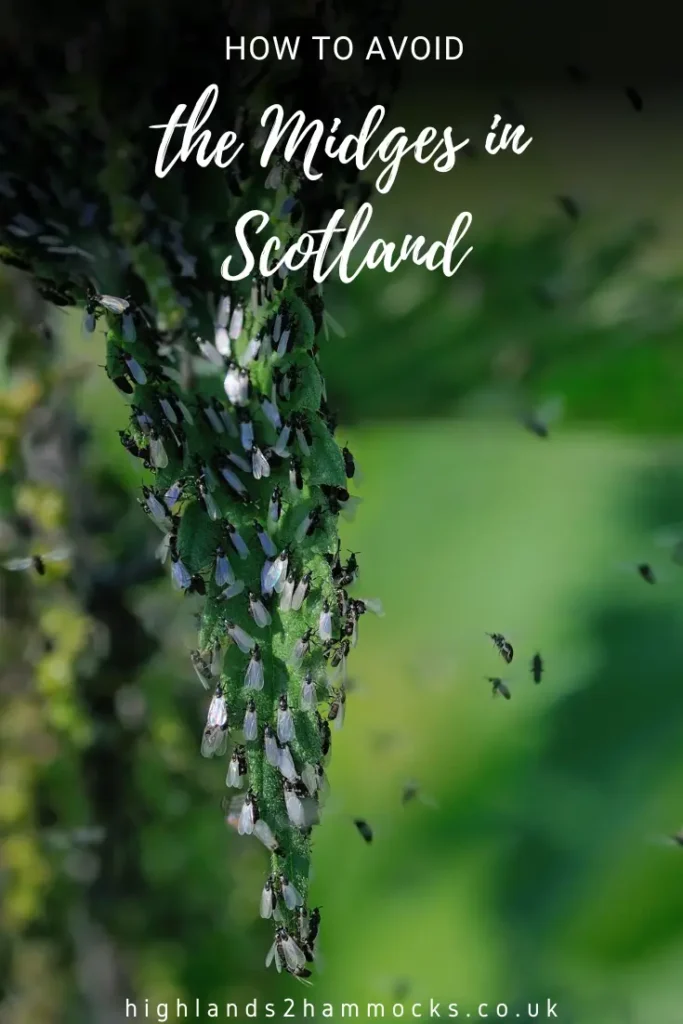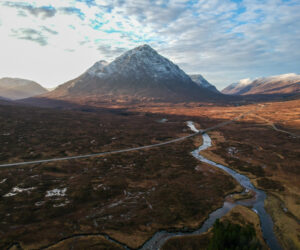If you are planning a trip to Scotland, you may have heard of the tiny beasties that are out to ruin your life and have the potential to ruin your holiday.. the midge. Honestly, these wee lads and lassies are no joke and we want to make sure that you are fully prepared to fight them off and avoid them to make sure that they don’t put you off Scotland!
In this guide, we’re sharing with you our tips and tricks for avoiding midges, protecting yourself from midges and how to cure the bite. Growing up in Scotland we’re well practiced with managing these wee guys and we want to make sure you are too!
No time to read now? No problem, save a pin to your Pinterest board for later!
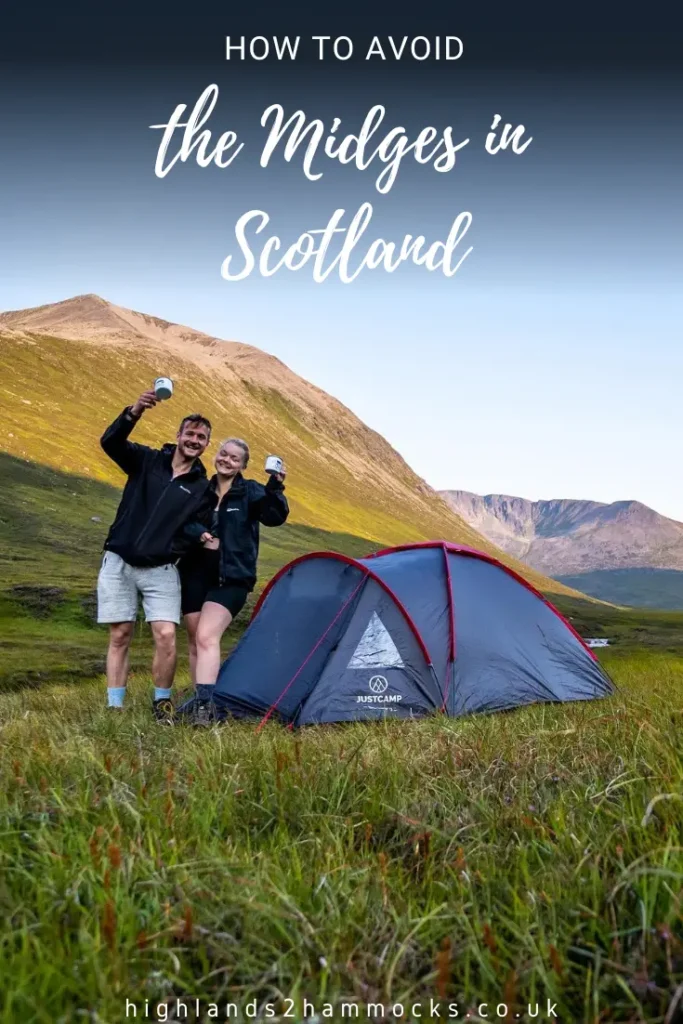

Table of Contents
🔡 How to Pronounce Midge
A common mis-pronunciation in Scotland is the midge. Midge is pronounced “mid-gee” So if you hear anyone saying that, now you know they are talking about these little flying biting bugs.
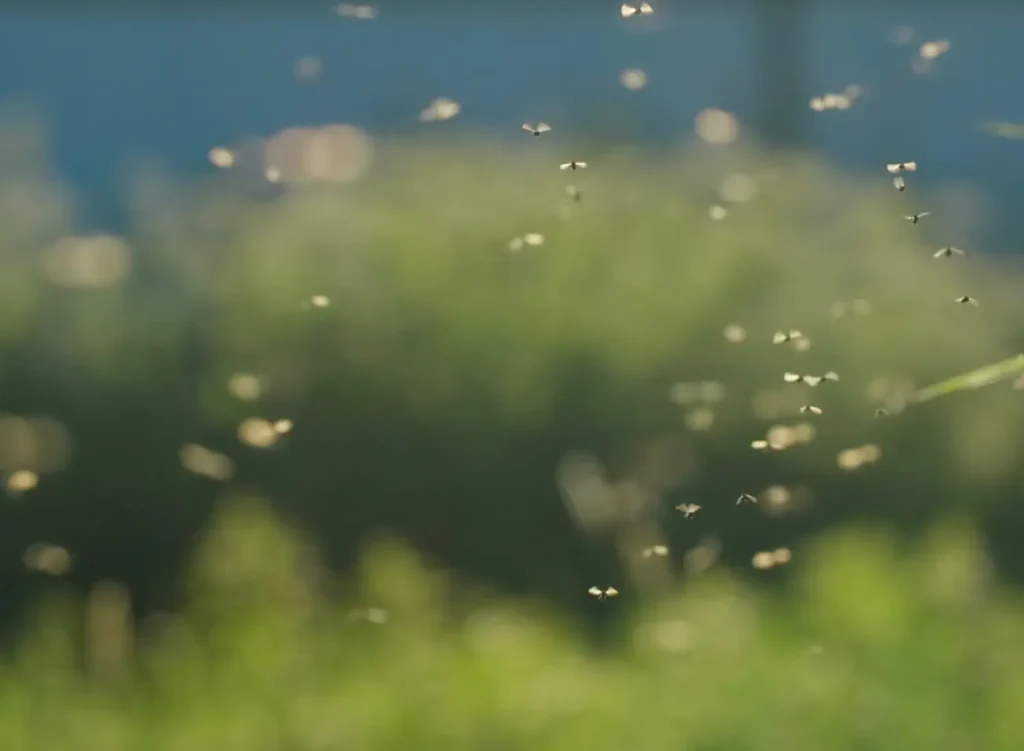
🦟 What is a Midge
A midge is a tiny insect often compared to a mosquito but, in our opinion, much more annoying. They are found in Scotland, more so in the countryside and particularly where there are mountains and mild, damp conditions. Midges have a wingspan 1-2mm and need blood to survive, therefore will bite you like nothing else!
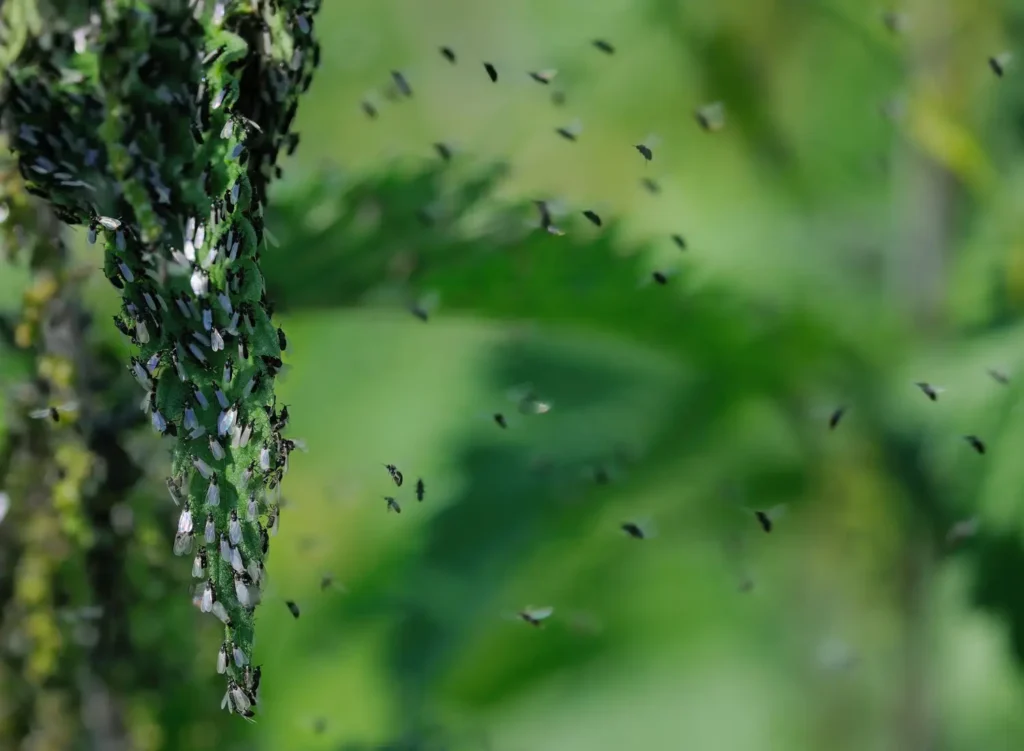
Explore the beauty of Scotland the best way possible – on the open road in your own campervan!
⚥ Types of Midge
It is only the females that bite to help provide them with nutrients to grow their eggs (does that make me feel bad for not letting them bite me? A little bit but it’s impossible to get away completely bite free anyway).
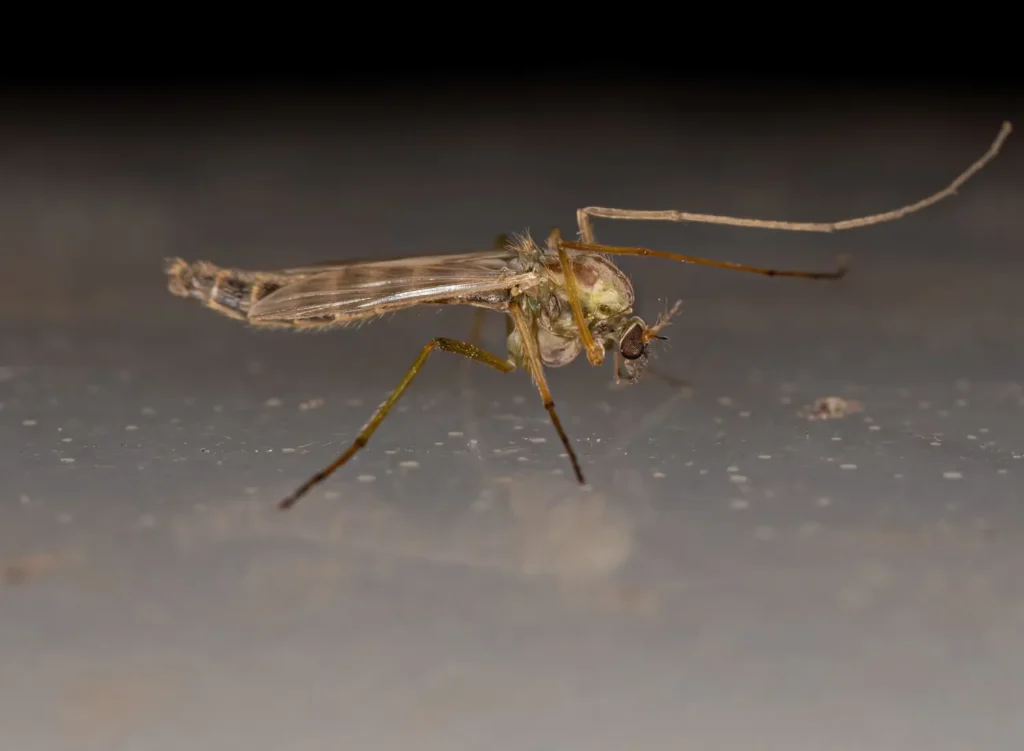
📆 What Time of Year to Expect Midges
Midges typically start to wake up in May/June and will live until September/October but this will all depend on the weather. Midges thrive in mild, damp weather so if the weather begins to heat up followed by some rain, midges season will typically begin. If you are booking a trip to Scotland want to completely avoid the midges then we would advise visiting Scotland outside of the summer months.

🌦️ What Weather to Expect Midges
As I mentioned above, the midges love mild and damp weather so it is best to avoid damp weather or being beside freshwater lochs.
Midges don’t like sun and wind so you may find them less likely to be out on a day where there is strong sunshine in Scotland (which can happen in summer would you believe) however they will start to come out during dawn and dusk and you can expect to see them on mild cloudy days too.
You can also check the midge forecast on smidge so you can see what the midge situation is like in the place you are visiting.

❌ How to Avoid Midges
- Avoid damp areas such as lochs
- Head to higher ground
- Wear a midge net (we find this to be the best kind of protection)
- Fly nets – keep them closed
- Wear a midge repellent
- Wear a repelling bracelet
- Cover bare skin
- Incense sticks
- Citronella candles
- Start a fire or bbq (only if you can ensure it is on a raised platform)
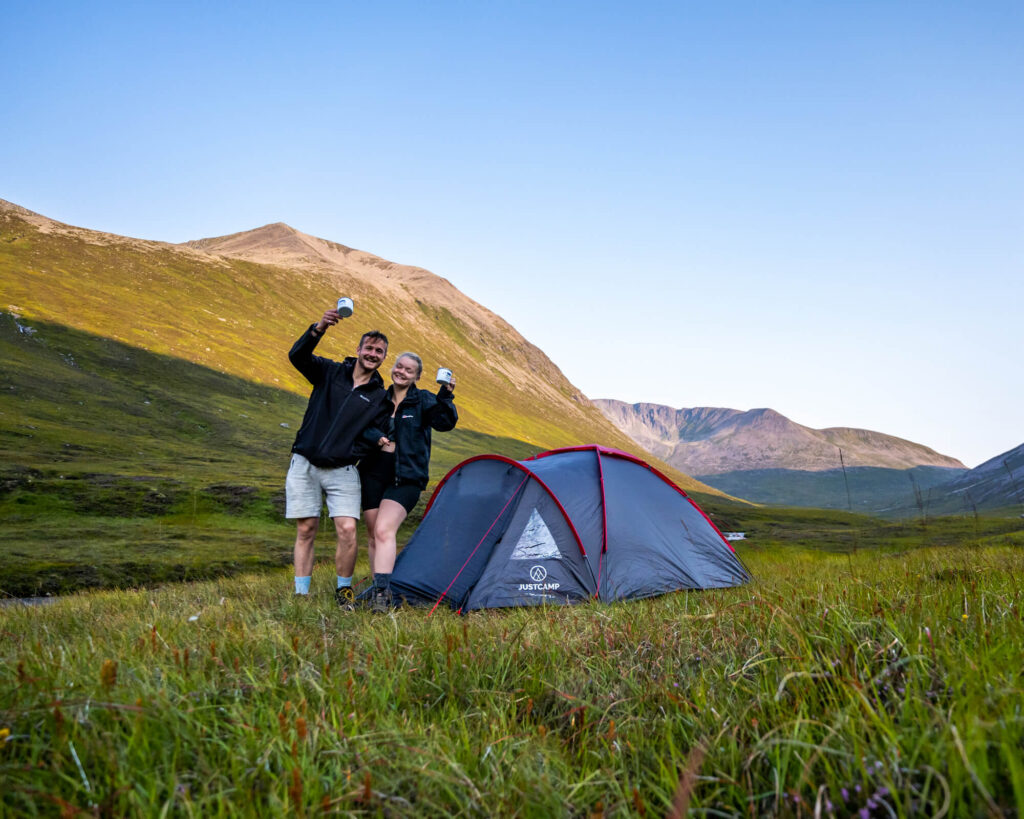
≏ What is the difference between midges and mosquitos?
While both are bothersome insects, especially during the warmer months, they have notable differences. Mosquitoes are typically larger and can transmit diseases such as malaria, Zika, or dengue fever. Midges, on the other hand, are smaller in size and their bites are more irritating than harmful. Unlike mosquitoes, midges do not carry diseases, but their sheer numbers and persistent presence can be a significant annoyance, particularly in certain damp areas.
🔥 What does a midge bite feel like?
A midge bite starts to look like a small raised red/white mark on your skin. Some people will react more than others to a midge bite. You can expect it to become incredibly itchy and a burning sensation.
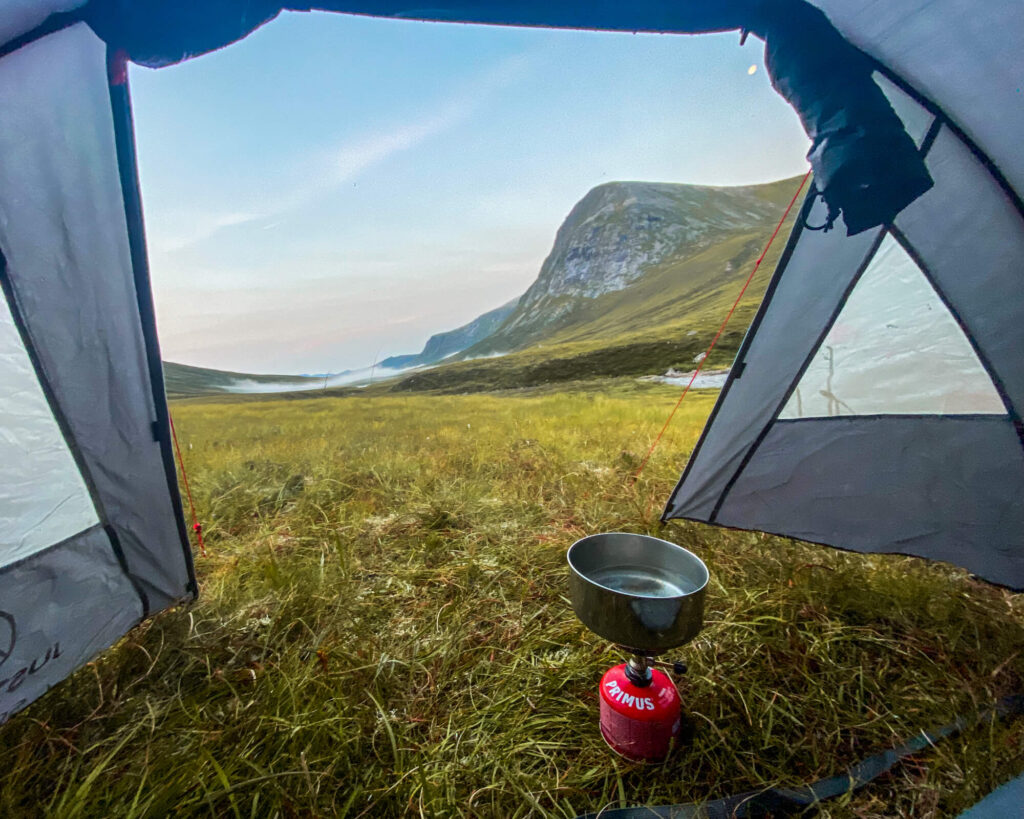
🧴 How to cure a Midge Bite?
The best way to cure a midge bite is to not scratch it but that is so much easier said than done. We use one of these bite relievers to help take away the itch of a midge bite.
I also find Aloe Vera gel helps to cool the itch and stop me scratching.

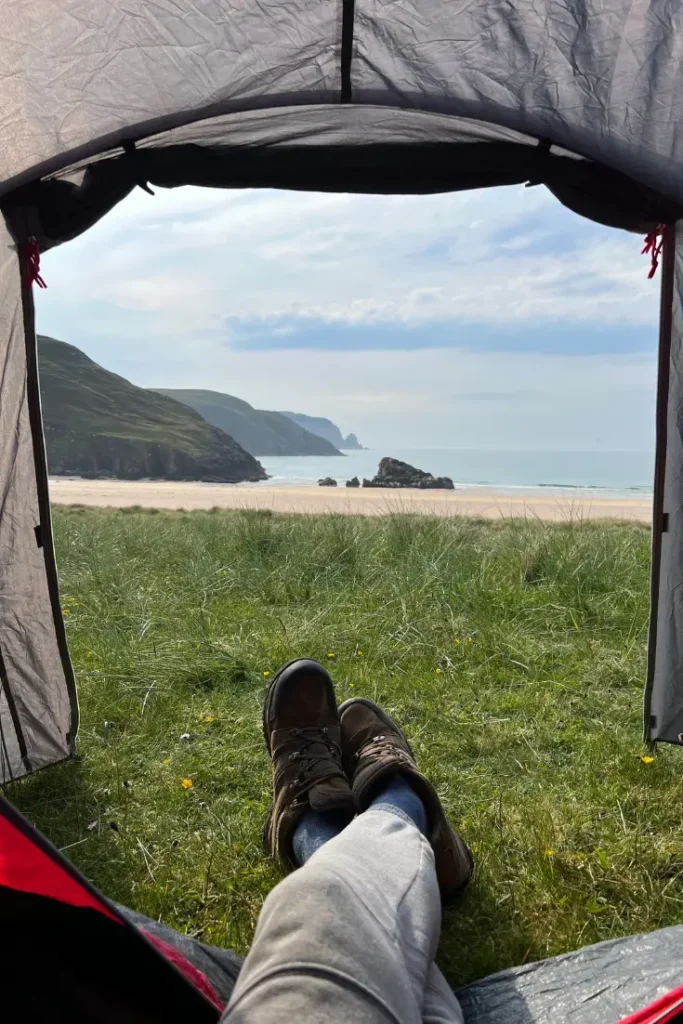
DON’T FORGET
Your trip to Scotland will be a lot more comfortable with a midge net and midge spray. These little biting bugs can be enough to ruin a trip if you don’t have the equipment to protect yourself from them. A repelling candle can also be helpful if you are sitting oustide.
I hope this guide helps you prepare for your trip to Scotland. We hope that if you can’t avoid the midges, you at least know how to protect yourself from them and enjoy your trip.
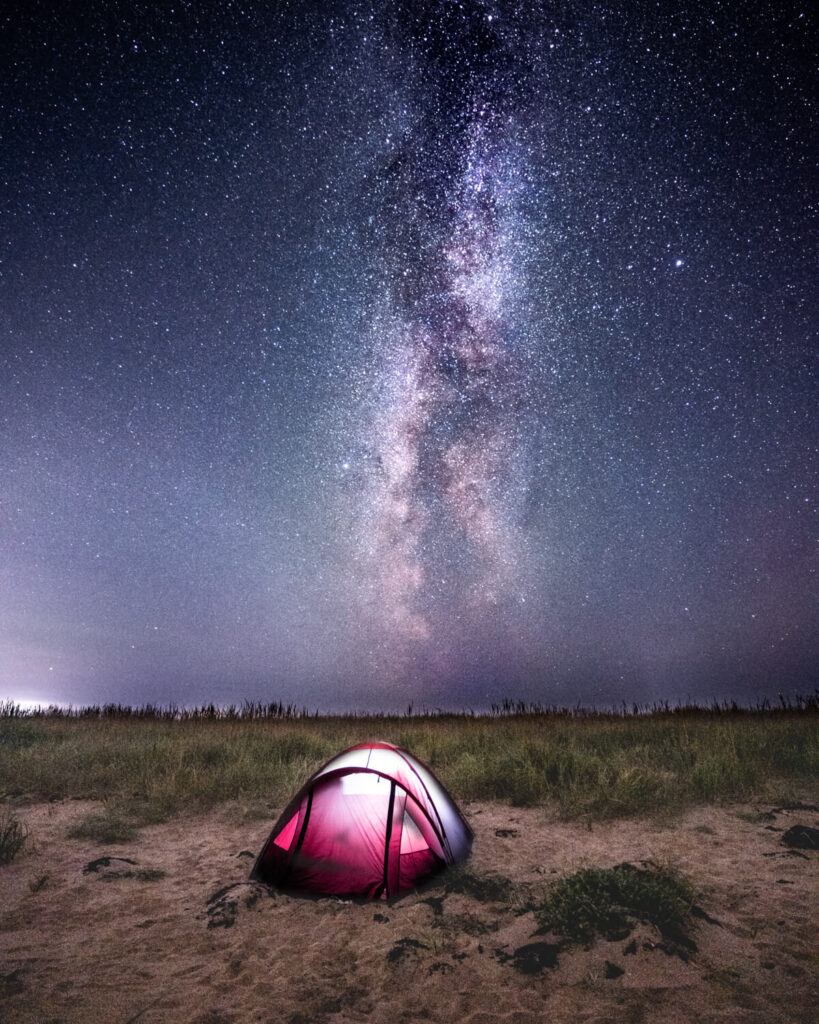
Planning Your Trip
We use the below booking platforms to plan our trips. We hope you find them useful too!
Before You Leave for Scotland
Before you set off on your way to Scotland, there are a number of things you will need to get organised to ensure a smooth and enjoyable journey. These include what to pack, where to stay and what is the best insurance for your trip to Scotland. All of this is discussed in detail below.
When is the Best Time to Travel Scotland?
It is no secret that Scotland is a wet and cold country, it is the reason the countryside is so beautifully green. There is, however, a certain time of the year when the weather in Scotland is more likely to be dry and warm. As the winter fades away from the highlands and the Spring warmth comes through, Scotland is without a doubt one of the most beautiful places in the world.
If you were to choose a time of the year to visit Scotland, we would highly suggest April to June. These months tend to be the driest of the year, with summer rains coming through later into July and August. It is also early enough in April that the flying “Midges” (biting insects like nothing you have ever experienced) have not woken up yet to cause misery and doom.

What to Pack for Your Trip to Scotland
When it comes to packing for a trip to Scotland there is one item of clothing that you are going to need all year round: a waterproof. It rains in Scotland on average 250 days a year, meaning that during your 10 day Scotland road trip you will probably experience at least a drizzle of rain. Due to this, the number one item on any Scotland packing list is a good waterproof jacket.
As for the rest of the year, the temperature in Scotland and the central heartlands is reasonably mild for most of the year. During the winter months, you will most likely experience snow, however, temperatures usually sit around freezing, so it is not too cold. For your reference, the average temperatures in Scotland are listed below during each season.
Spring (March, April, May) – 5-10 degrees C
Summer (June, July, August) – 15 degrees C
Autumn (September, October, November) – 5-10 degrees C
Winter (December, January, February) – 0-5 degrees C
As you can see, the weather never really gets above the teens, with anything over 25 degrees C considered a heatwave. The best way to pack for your trip to the highlands is with layers that can be added and removed as you need them. You will definitely need a hat and gloves during the colder months and will most likely need sunscreen to protect you on the long days in the open.
Given the beautiful sights and scenery that you are no doubt going to see around the highlands of Scotland, we highly recommend packing a good camera for your trip. If you want to read more about the cameras we use and why we love them, check out the link below.
Photography Equipment
Main Photography Camera – Sony A7v Mirrorless Camera and Sony A7iii Mirrorless Camera
Microphone – Sony Mic ECM-B1M
Main Lens – Tamron 17-28mm f/2.8
Zoom Lens – Tamron 70-180mm f/2.8
Camera Tripod – ZOMEI Z669C Camera Tripod
Gorilla Pod – JOBY JB01507-BWW GorillaPod
Action Camera – GoPro Hero 11 and Insta 360 One RS
Drone Camera – DJI Mavic Pro 3
Camera Bag – Wandrd PRVKE 41L and The Nest by Tropicfeel
Phone Tripod – Manfrotto MKPIXICLAMP-BK, Mini Tripod with Universal Smartphone Clamp
Sturdy Phone Tripod & Selfie Stick – ATUMTEK 61″ Selfie Stick Tripod, Sturdy Phone Tripod Stand with Wireless Remote
Hard Drives – LaCie Rugged Mini, 5TB, 2.5″, Portable External Hard Drive
SSD – SanDisk Extreme Pro 1TB Portable NVMe SSD
Travel Adapter –Worldwide Travel Adapter Universal Travel Plug with 4 USB Ports+Universal AC Socke
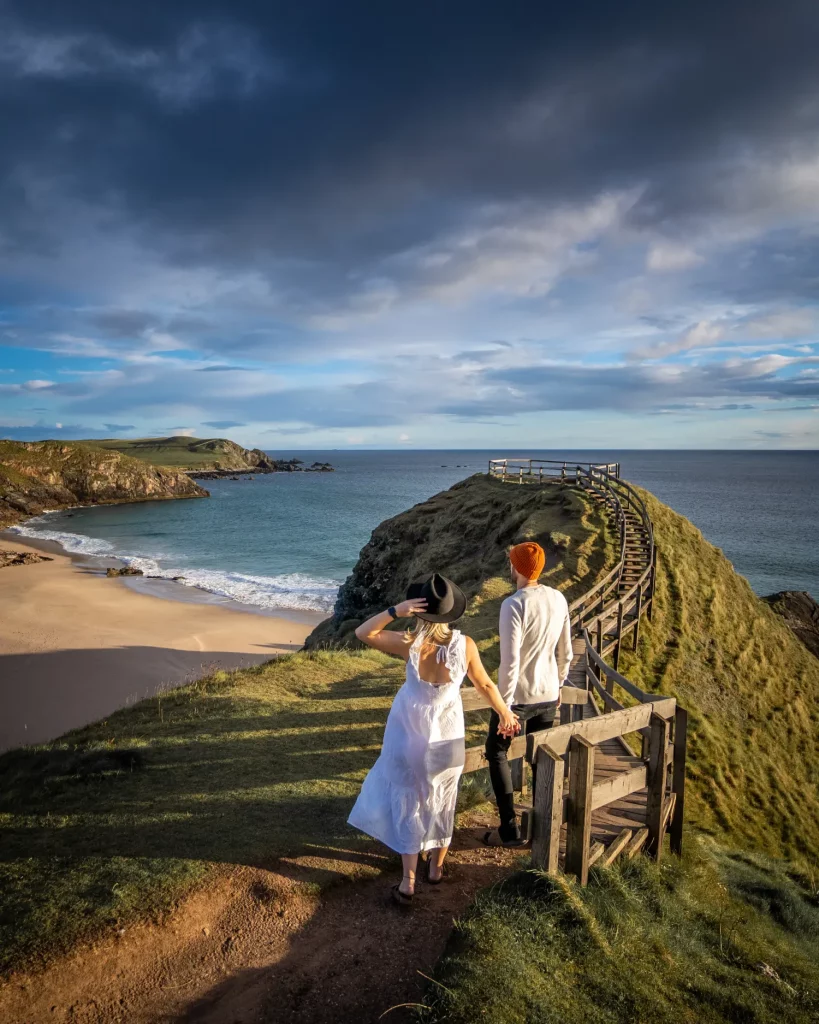
What is the Best Travel Insurance for Scotland
I know travel insurance is the least enjoyable thing to purchase and look at when you’re planning a trip, however, you wouldn’t want to be without it in the event that something happened. Accidents can happen anywhere and the extortionate medical bills will ruin your trip if you are not covered.
To ensure you have a stress-free trip with no worries about potential medical bills, make sure you cover yourself when you travel. We can recommend using SafetyWing, a backpacker-friendly and cheap insurance company that provides good coverage and support. It is also nomad-friendly, unlike most other insurance companies, meaning you do not need to worry about being out of your home country for too long.
Get a quote for your travel insurance right here and get covered!

So there you have it, a guide to How to Avoid the Midges in Scotland. If you are visiting this incredible country and have any other questions on what to expect, leave us a comment down below. We love to chat about this stuff! If you have already been, let us know how it was!
Also, remember to share this guide with your friends and family that you are going to share this amazing experience with. Sharing is caring and we want to ensure that everyone is fully prepared to maximise their experience in Scotland.
If you are planning a Scotland trip soon then check out our other Scotland content right here. Come and find us on social media to see where we are currently exploring. Tag us in your photos from your stay and we will share them with the rest of our community of explorers and backpackers.
Read Now:
- Calton Hill Sunset – Edinburgh’s Best Sunset
- Edinburgh to Isle of Skye Itinerary – Haggis Adventures Skye High Review
- 10-Day Scotland Road Trip Itinerary – Edinburgh, Glasgow and Isle of Skye
This article may contain affiliate links that provide us with a small income. For more information read our Affiliate page.
Pin it for later!

